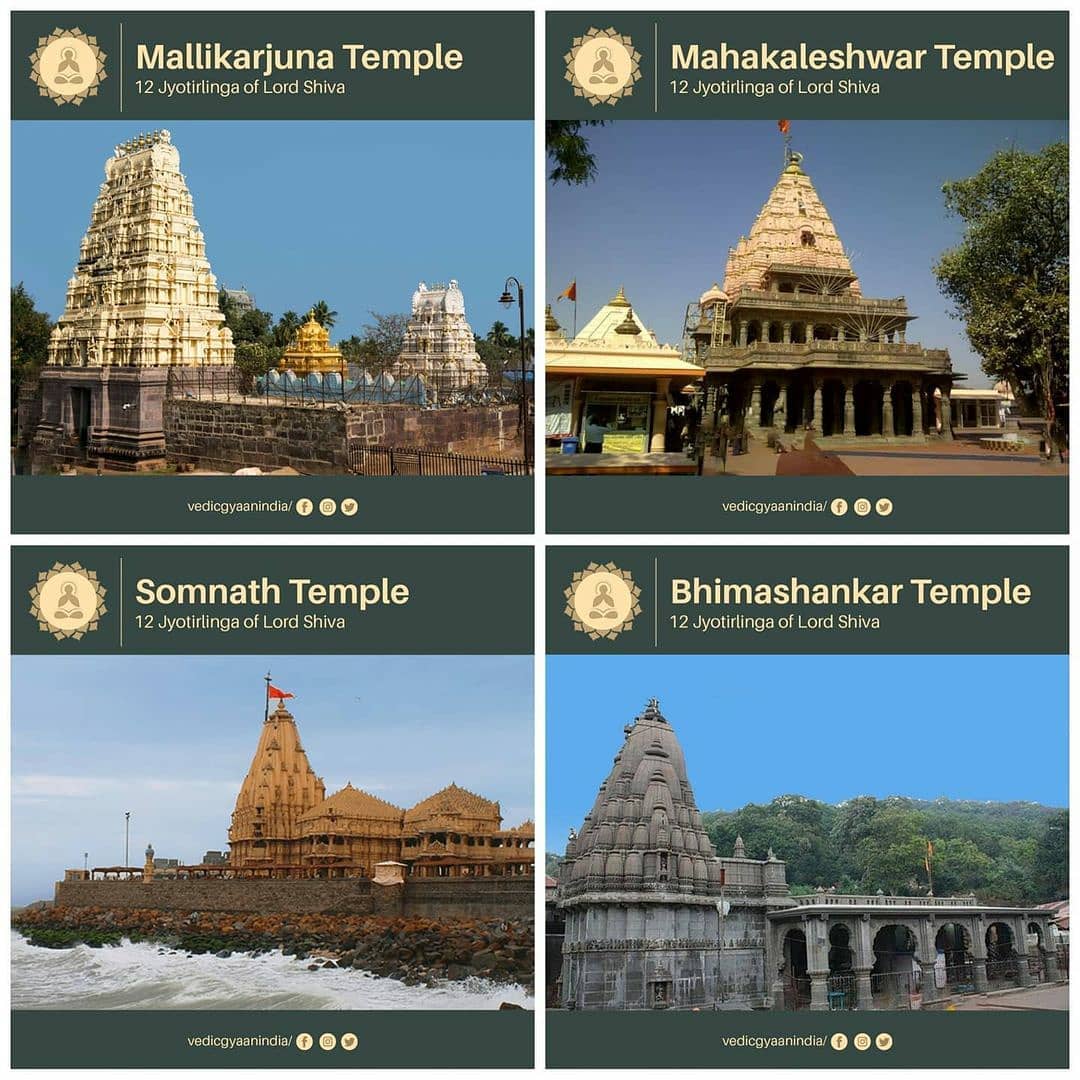
The spiritual meaning of Namaste is profound. Particularly in Hinduism, Gods are worshiped by closing the eyes and joining the palms in reverence, which indicates the recognition of their divinity. In the Namaskar posture, the joined fingers act as an antenna to assimilate the 

Chaitanya (Divine consciousness) or the energy transmitted by a Deity. While joining the palms, the fingers must touch each other because leaving space between the fingers will result in the accumulation of energy in that space. This energy will be immediately transmitted in
various directions; therefore the seeker's body will lose the benefit of this potent energy. After joining the palms, bow a little. This posture puts pressure on the navel and activates the five vital energies situated there. Activation of these vital energies in the
body makes it sensitive to accepting satvik frequencies.
Read more on: vedicgyaan.com
• • •
Missing some Tweet in this thread? You can try to
force a refresh













